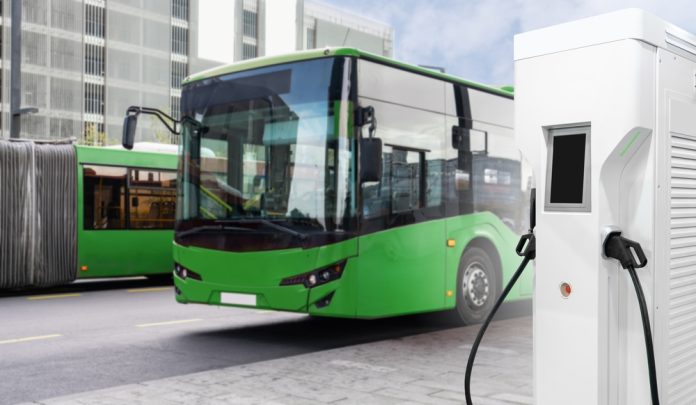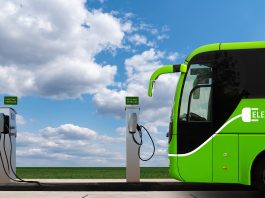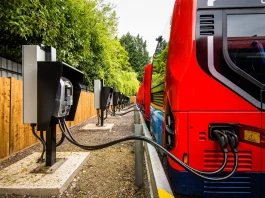As cities grapple with the urgent need for sustainable transit solutions, electric buses have emerged at the forefront of this transformative era.
The convergence of technological advancements and infrastructure development is crucial in propelling these zero-emission vehicles from niche to mainstream. This discourse focuses on the latest battery technologies, charging systems, and energy management to unravel the intricacies governing the operational efficacy of electric buses.
While the promise of reducing urban carbon footprints and improving air quality is alluring, the transition to electric bus fleets brings its own set of challenges and complexities. This article provides critical insights into the cutting-edge innovations shaping the future of electrified transport and the infrastructural fortitude required to support them, contemplating whether the current pace of progress aligns with the environmental imperatives of our time.
The growing importance of electric buses in sustainable urban transport
As urban populations swell, adopting electric buses has become a crucial step toward creating more sustainable and less congested transportation systems.
Electric buses offer numerous environmental benefits, including reductions in greenhouse gas emissions, fossil fuel dependency, and air and noise pollution, thereby enhancing urban livability. Their integration into existing transit networks signifies a proactive approach to tackling climate change and improving public health.
The policy implications of transitioning to electric buses are significant. Governments and transit authorities must consider subsidies, incentives, and regulations to facilitate this shift.
A thorough cost analysis is also imperative, as electric buses typically require a higher initial investment compared to traditional buses. However, over their operational lifetime, they often present lower total costs of ownership due to savings on fuel and maintenance.
One cannot overlook the integration challenges accompanying the electrification of public transport. These include the need for charging infrastructure, grid upgrades, and training for maintenance and operations personnel. Addressing these challenges is critical to ensure seamless service and operational efficiency.
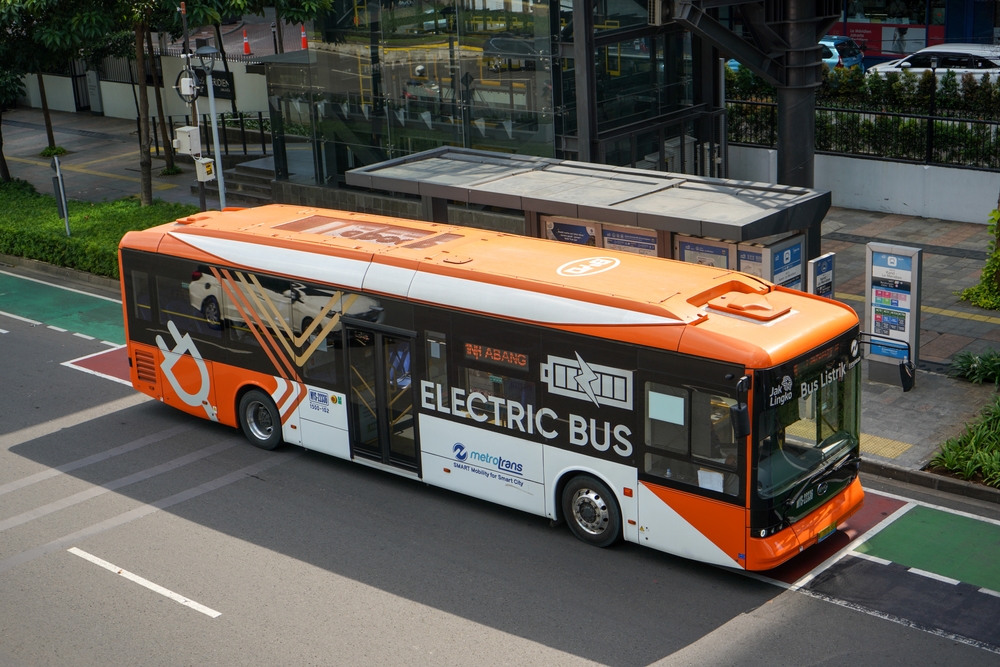
Looking at future prospects, continuous advancements in battery technology and charging solutions promise to enhance the range and performance of electric buses. This development could accelerate their adoption and lead to wider environmental and economic gains.
The trajectory for electric buses is poised for growth, with the potential to significantly contribute to creating green and efficient urban transport systems. Their role in the evolution of public transit underscores the necessity for comprehensive strategies that align with long-term sustainability goals.
Innovations in battery technologies
Building on the foundation of sustainable urban transportation, innovations in battery technologies, such as lithium-ion, solid-state batteries, and advanced battery management systems, are critical to enhancing the performance and efficiency of electric buses.
Lithium-ion batteries have been the mainstay in electric bus design due to their high energy density, which directly correlates to longer ranges and reduced range anxiety for operators.
However, they must be paired with robust battery management systems to ensure safety and longevity. These systems closely monitor cell temperatures, state of charge, and overall health to optimise performance and prevent thermal runaway—a potential safety hazard.
The introduction of solid-state batteries is poised to revolutionise the market with increased energy density and safety features. By replacing the liquid electrolyte with a solid, these batteries reduce the risk of leaks and thermal events, thereby enhancing the overall safety profile of electric buses.
Furthermore, solid-state technology offers the potential for even higher energy density, translating to longer ranges without significantly increasing the weight or size of the battery pack.
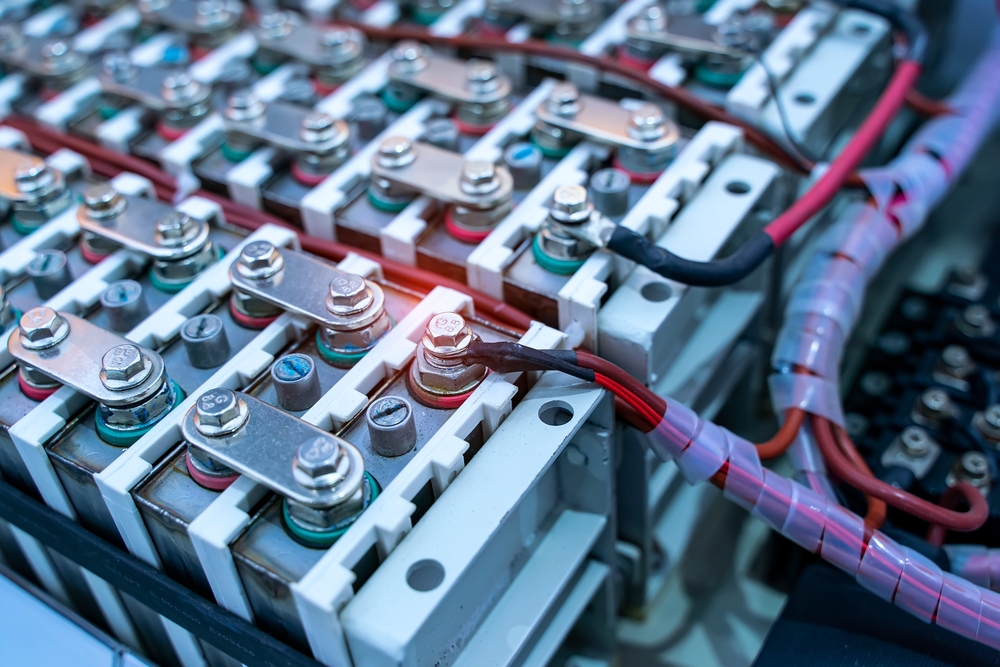
Fast-charging capabilities are another area where technological advancements are being made. New battery chemistries and designs allow for more rapid energy transfer, reducing downtime for buses and enabling more flexible route planning.
Thermal management systems, integral to battery performance, have also seen improvements. They maintain optimal operating temperatures, thus preserving battery life and performance even under the demanding stop-and-go conditions of urban transit.
Overview of electric bus charging infrastructure
The deployment of electric bus charging infrastructure is a critical component for the seamless operation of electric bus fleets, necessitating strategic placement and advanced technology to meet the demands of continuous service.
As cities worldwide embrace electric buses, understanding the nuances of charging infrastructure becomes paramount.
Charging station compatibility is essential, with a need for standardisation across different bus models to ensure interoperability. Grid integration, meanwhile, is a complex challenge that requires careful planning to avoid overloading local power grids, especially during peak charging times.
Fast-charging solutions are increasingly popular, providing buses with rapid energy replenishment that aligns with tight operating schedules. Such systems, however, demand robust depot infrastructure capable of supporting high power outputs.
Innovative approaches like wireless charging are making headways, with inductive technology allowing buses to recharge without physical connectors, reducing wear and enhancing convenience. This method can be integrated into bus stops, enabling top-up charges during regular service routes.
Vehicle-to-grid capabilities present an intriguing dimension to the electric bus ecosystem. Here, buses not only draw power from the grid but can also return energy during off-peak hours, aiding in overall energy management and providing a buffer for the energy system.
The incorporation of solar integration into charging facilities is a testament to sustainable practices, as it reduces reliance on non-renewable energy sources. Solar power can either directly charge buses or feed into the grid, offsetting the energy used for charging.
Together, these technologies and infrastructural advancements form the backbone of an efficient, reliable, and sustainable electric bus network, ensuring the long-term viability of zero-emission public transport solutions.
Advancements in electric motors
While charging infrastructure is a critical aspect of electric bus implementation, the core of their performance lies in the types and advancements of electric motors used.
These motors convert electrical energy into mechanical energy, propelling the bus forward. Significant progress in motor technologies has been crucial in improving the overall efficiency and reliability of electric buses.
There are various motor types used in electric buses, including induction motors, permanent magnet synchronous motors (PMSM), and switched reluctance motors. Each type has its own set of characteristics, but a common goal among them is to achieve optimal efficiency enhancements. For instance, PMSM motors are known for their high efficiency and power density, which are beneficial in the stop-and-go nature of urban bus routes.
Advancements in electric motors also focus on improving torque capabilities. Torque directly relates to the bus’s ability to accelerate and climb gradients, which is particularly important for heavy-duty transportation. Innovations in motor design have led to motors that can deliver high torque at low speeds, reducing overall energy consumption and increasing the range of the bus.
Another critical advancement in electric motors is the incorporation of regenerative braking systems. Regenerative braking captures the kinetic energy typically lost during braking and converts it back into electrical energy, which can be used to recharge the bus’s batteries. This not only enhances efficiency but also extends the life of the braking system.
Moreover, developments in cooling systems are essential for maintaining motor performance and longevity. Effective cooling systems prevent overheating and ensure that the motor operates within its optimal temperature range, even under high loads. These systems can be liquid-based or use advanced materials and designs to dissipate heat more efficiently.
The role of smart and connected technologies in electric buses
By leveraging smart and connected technologies, electric buses are becoming increasingly efficient and user-friendly, enhancing the overall public transit experience. These technologies are transforming how transit agencies operate and manage their fleets and how passengers interact with the service.
Data analytics play a critical role in optimising the performance of electric buses. By analysing vast amounts of data from vehicle operations, transit authorities can gain insights into energy consumption patterns, route efficiency, and maintenance needs.
This information is invaluable for improving energy efficiency, as it allows for precise adjustments to driving strategies and charge scheduling to minimise energy use while maintaining service quality.
For the passenger experience, smart technologies provide real-time information on bus locations and expected arrival times. Apps can alert passengers to delays or service changes, and onboard Wi-Fi keeps them connected during their journey. Interactive displays inside the bus can provide route information, local news, or even entertainment, making their commute more enjoyable.
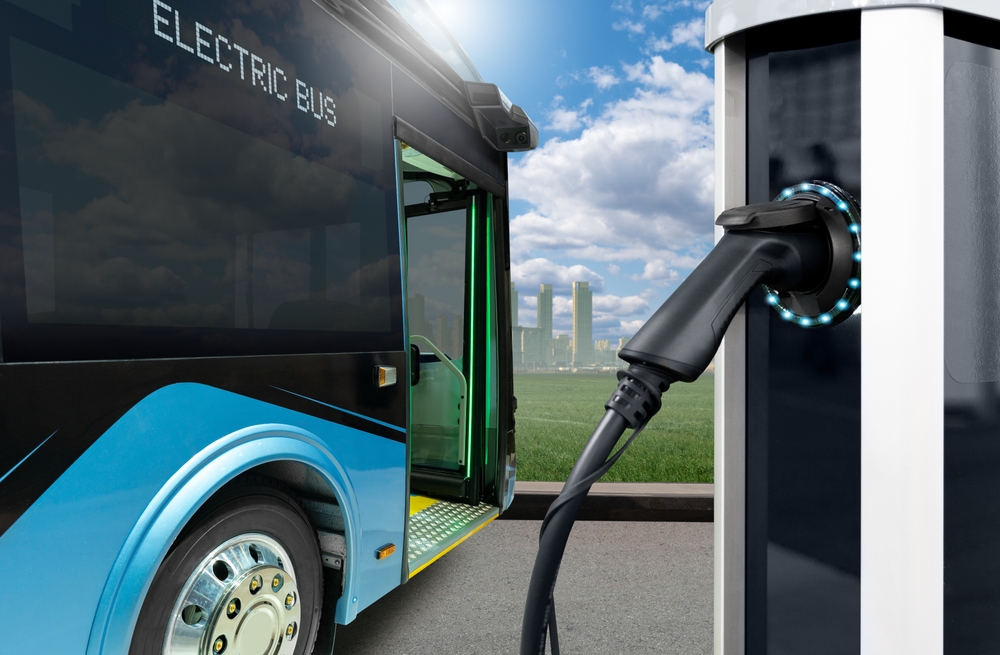
Fleet management is another area where connected technologies are making a significant impact. With GPS tracking and remote diagnostics, operators can monitor the health and performance of each bus in real time, scheduling maintenance before issues lead to service disruptions. This proactive approach ensures reliability and extends the lifespan of the vehicles.
Connectivity solutions also enable electric buses to integrate with smart city infrastructure. Traffic light coordination can reduce idling and improve route times. Charging stations can communicate with buses to facilitate energy management across the grid, contributing to a smoother integration of renewable energy sources.
Case studies of successful implementation
Several cities around the globe have set precedents in successfully integrating electric buses into their public transportation systems, showcasing the potential benefits and efficiencies of this sustainable technology.
These case studies reveal not only the environmental impact of shifting to electric mobility but also the practicalities of achieving cost efficiency, performance benefits, and positive policy implications through strategic planning and community engagement.
One such example is Shenzhen, China, which boasts the world’s first 100% electrified public bus fleet. The city’s transition to electric buses has resulted in a significant drop in carbon emissions and improved urban air quality. This success was made possible by strong policy support, financial incentives, and infrastructure development, including the installation of extensive charging networks.
In Europe, the city of Amsterdam is another success story, with electric buses serving as a critical component of the city’s goal to become emissions-free. The city’s comprehensive approach to sustainability involves not only the deployment of electric buses but also community engagement programs to increase public awareness and acceptance of the technology.
In the Americas, Santiago, Chile, has emerged as a leader in electric bus adoption in Latin America. The city’s efforts to modernise its fleet have been spurred by collaborations between the public sector, bus manufacturers, and energy providers, showcasing the importance of multi-stakeholder engagement in implementing such technologies.
These case studies illustrate the tangible performance benefits of electric buses, including lower operational costs and reduced maintenance requirements compared to traditional buses. Furthermore, the positive environmental impact of decreased emissions, coupled with the societal benefits of cleaner air, underscores the compelling argument for cities to adopt electric bus systems.
These experiences also highlight the necessity of supportive policy frameworks and the potential for electric buses to become a cornerstone of sustainable urban transport strategies worldwide.

